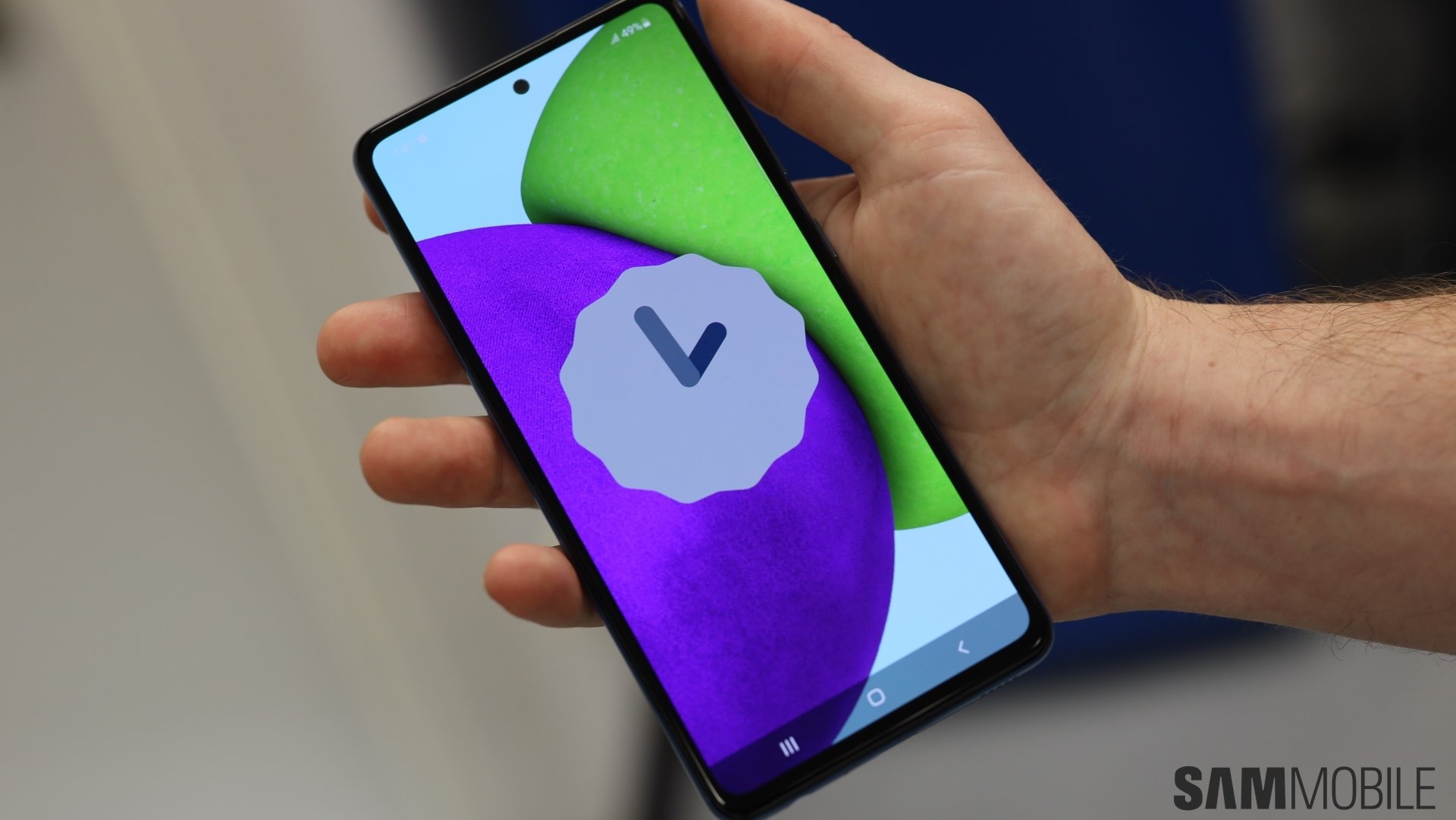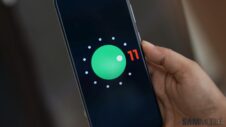Samsung began rolling out the Android 12-based One UI 4.0 update late last year, and you could say that the latest firmware is a collection of minor but many refinements that elevate the user experience. We counted over 60 changes in the first Android 12 beta build, and the list continues.
One UI 4.0 refines the user interface with better spacing between UI elements, reworked graphics, and modernized Samsung apps. Android 12 offers a new way to personalize the UI through color themes, and of course, it comes with some long-awaited changes to home screen widgets. But of all the improvements in One UI 4.0, I have to admit that one of my favorites has to do with the underlying code that governs haptic feedback.
One UI 4.0 makes your Galaxy phone feel nicer to the touch
I'm using One UI 4.0 on the Galaxy Note 10, and post-update, one of the things that keep coming back to surprise me is the haptic feedback. I'm feeling a more-than-subtle change in the way the phone communicates with my fingertips through vibrations compared to previous versions of One UI.
As a fan of tactile physical buttons, these improvements to the haptic feedback system make some UI elements more pleasant to use. “Some UI elements” is the keyword here because these improvements don't appear to be covering every One UI component that has a haptic feedback response. At least, not yet.
In any case, the hardware inside my phone hasn't magically changed, and in case you're wondering, my Galaxy Note 10 never visited a repair center and has the same haptic feedback motor as it did at launch.
What happened here is that Samsung implemented some changes to how the haptic feedback motor works in One UI 4.0 compared to previous versions. You can quite literally feel these differences in a few areas, such as when the fingerprint scanner doesn't recognize a fingerprint or when you scroll down to refresh a page, i.e., sync Samsung Email.
In one area, at least, i.e., when spinning the alarm clock tumbler, the improved haptic feedback works in harmony with subtle sound effects to make the experience more tactile and, dare I say, almost analog.
It's difficult to pinpoint exactly why I like these subtle changes as much as I do, especially since they aren't ubiquitous throughout the UI. And I'm sure that your experience could differ. But surprisingly, these haptic feedback improvements are some of my favorite things in Android 12, so I can only hope that I'm not the only one and that Samsung will bring them to more areas of the UI.
Oh, and if you don't have One UI 4.0 on your Galaxy Note 10 Lite, Note 10, or Galaxy Note 10+ yet, you can check this list to see where Android 12 is available for these devices. Feel free to also check our video below featuring the first public One UI 4.0 firmware running on the Galaxy S21 Ultra.
Join SamMobile’s Telegram group and subscribe to our YouTube channel to get instant news updates and in-depth reviews of Samsung devices. You can also subscribe to get updates from us on Google News and follow us on Twitter.


![[Video] Discover all the advanced features on your Galaxy phone or tablet!](https://www.sammobile.com/wp-content/uploads/2024/07/Samsung-One-UI-advanced-features-226x127.jpeg)




